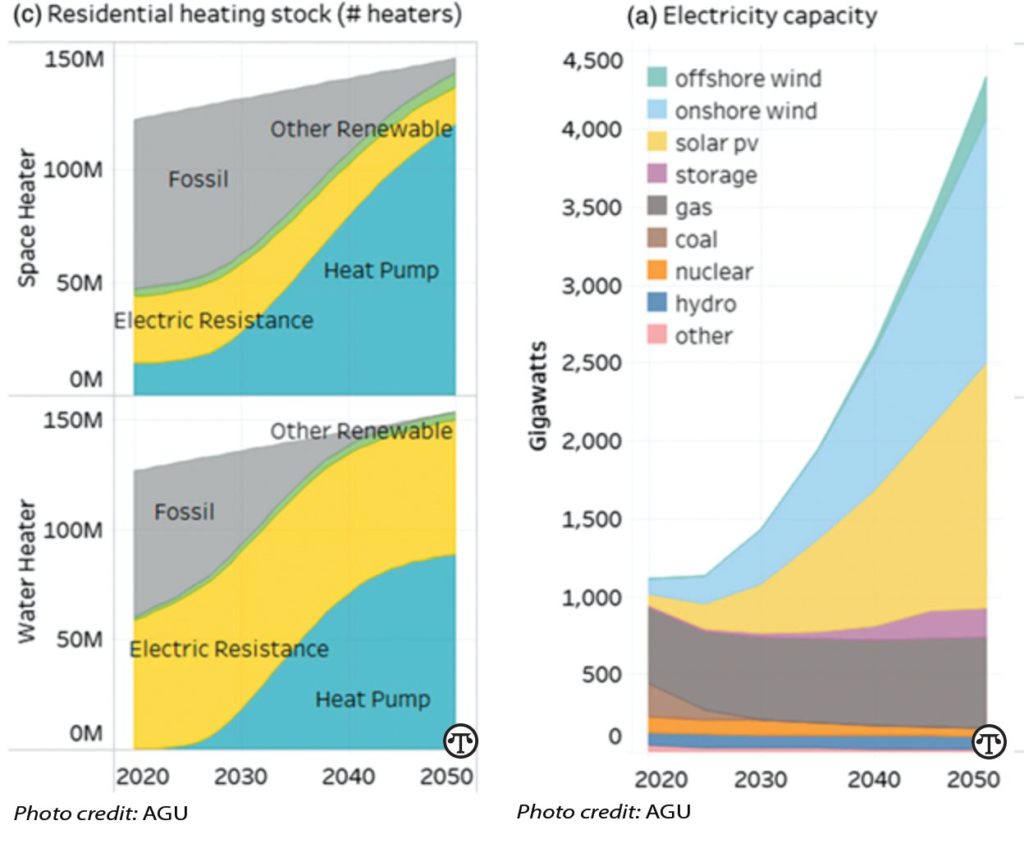Reaching Carbon Neutrality For $1 A Day

(NAPSI)—Zero net emissions of carbon dioxide from energy and industry can be achieved by 2050—and it could cost only about $1 a day. That’s the finding of a new study by James Williams at the University of San Francisco and Margaret S. Torn at the Lawrence Berkley National Laboratory. The study can be found in the peer-reviewed journal AGU Advances, which publishes high-impact, open-access research and commentary across the Earth and space sciences.
Why It Matters
According to the Intergovernmental Panel on Climate Change (IPCC), the world must reach zero net carbon dioxide emissions by mid-century to avoid the most dangerous effects of climate change.
How To Do It
The researchers say it can be done by:
•Increasing energy efficiency.
•Switching to electric technologies.
•Using clean energy (especially wind and solar power).
•Deploying a small amount of carbon capture technology.
Why It Works
The cost of rebuilding the U.S. energy infrastructure to run primarily on renewable energy is lower now than even five years ago, according to the study. The net costs range from 0.2% to 1.2% of GDP, depending on different trade offs, including how much land is given to solar and wind farms.
Transforming Infrastructure
“The decarbonization of the U.S. energy system is fundamentally an infrastructure transformation,” explained Margaret Torn, a senior scientist at Lawrence Berkeley National Laboratory. “It means that by 2050 we need to build many gigawatts of wind and solar power plants, new transmission lines, a fleet of electric cars and light trucks, millions of heat pumps to replace conventional furnaces and water heaters, and more energy-efficient buildings—while continuing to research and innovate new technologies.”
In this transition, very little infrastructure would need “early retirement,” or replacement before the end of its economic life. “No one is asking consumers to switch out their brand-new car for an electric vehicle,” Torn added. “The point is that efficient, low-carbon technologies need to be used when it comes time to replace the current equipment.”
Doing Well By Doing Good
There’s even an economic upside to doing all this.
“All that infrastructure build equates to jobs in the U.S., as opposed to sending money overseas to buy oil from other countries,” Torn said. “There’s no question that there are a lot of jobs in building a low-carbon economy.”
The cost figures should be lower still considering the economic and climate benefits of decarbonizing energy systems. For example, less reliance on oil will mean less money spent on oil and less economic uncertainty due to oil price fluctuations. Climate benefits include the avoided effects of climate change, such as extreme droughts and hurricanes, avoided air and water pollution from fossil fuel combustion, and improved public health.
Learn More
For more information and to read the study, visit news.agu.org.
